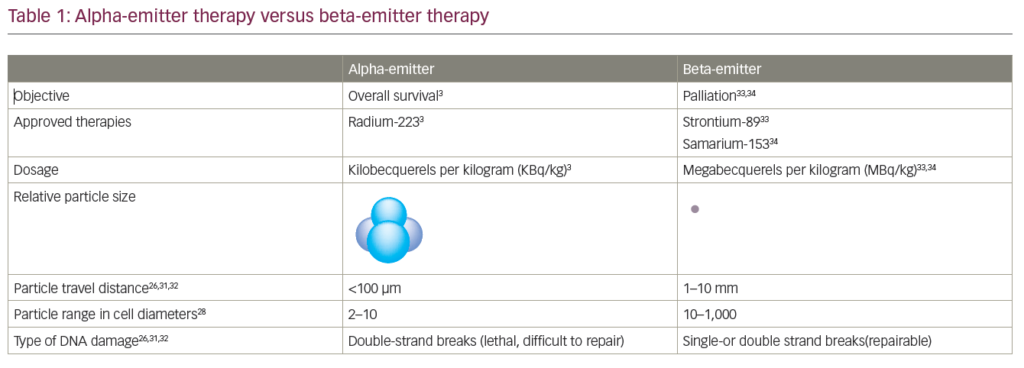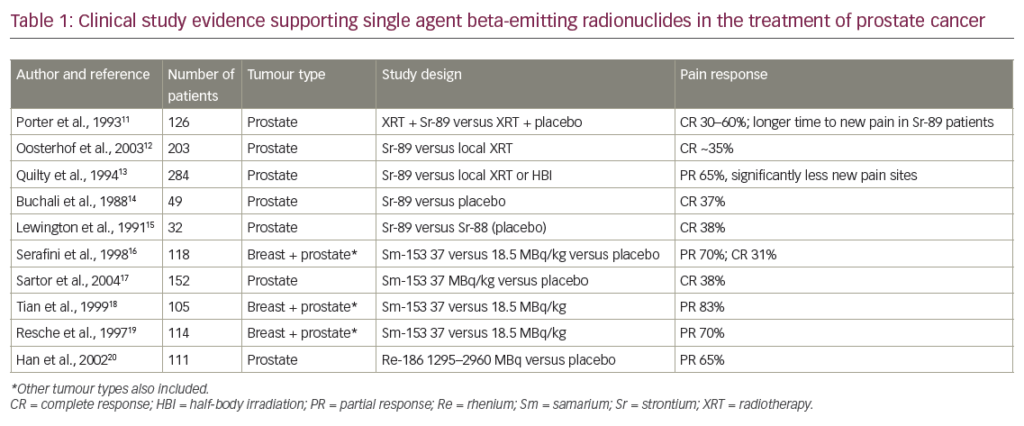Less than 100 years ago, when the life and probably health expectancies of both men and women were about equal, gender-specific health was not an issue. The realisation that the health of men is an area that requires specific attention has only recently been recognised. Significant gender disparities exist in life expectancy and major disease morbidity. There is an urgent need to understand the major issues related to men’s health that contribute to these disparities.
Ten years ago, there was very little mention of male health issues other than perhaps of prostate or testicular cancer. Facts supporting men’s disadvantaged health condition are that men have a higher death rate from 14 of the 15 leading causes of death (all except Alzheimer’s disease) and that the average life expectancy of men is 5.0–7.2 years less than that of women. In recent times it has finally been recognised that this drive for equality must also recognise the health issues that seem to have a more detrimental effect on men and that all health policies must be viewed through a lens that recognises both men and women.
Before discussing how to improve men’s health, one has to define what men’s health is. The Men’s Health Forum in the UK provides the following definition: ‘A male health issue is one arising from physiological, psychological, social or environmental factors that have a specific impact on boys or men and/or where particular interventions are required for boys or men in order to achieve improvements in health and wellbeing at either the individual or the population level.’
What Are the Main Problems with Men’s Health?
The main problems with men’s health are the lower life expectancy and higher mortality rate, the higher incidences of cardiovascular disease and cancer, the weight and obesity epidemic, mental health problems, sexual and reproductive health risk-taking behaviours, the underuse of health services and the lack of specific health information. As a topic, men’s health generates minimal research and is marginalised in scholarly agendas, at least relative to the amount of energy put into women’s health research. Data provided by the Canadian Institute of Health Research (CIHR) Institute of Gender and Health showed that funding for women’s health made up 52% of total funding compared with research on men’s health, which made up only 21% between the creation of the CHIR in June 2000 and March 2005.
Why is Cancer Killing More Men than Women?
A rising focus on men’s health issues, more sophisticated registry data and new techniques for investigating the biology of cancers are fuelling interest in unravelling what lies behind gender differences in cancer incidence and mortality. Getting answers could boost prevention and early detection and could even lead to better targeted therapies.
A recent analysis in the UK suggested that men have a nearly three-fold higher rate of death from bladder cancer and twice as high a rate of death from kidney cancer than women.1,2 For all cancers except non-melanoma skin cancer, breast cancer and the sex-specific cancers, men had a 69% higher rate of death and a 62% higher incidence rate when considering all age groups.1,2
When viewing the total cancer burden, men still seem to have a disadvantage. Considering deaths in the UK in 2007, cancer accounted for 29% of total mortality for men compared with 25% in women; when translated into age-standardised rates, the contrast is more profound, with death rates of 211.3 males and 153.1 females per 100,000 cancer cases.3 The mean age of death for the same group of cancers is approximately three years earlier for men in the UK. An additional 37,000 years of life are presumably lost as a result of the higher rate of premature death.4
Cancer survival also has a gender component. Micheli et al.5 found that women in each age class had significantly higher survival than men for all cancers combined; however, this advantage reduced progressively with age. It is possible to surmise that the cause of this increased risk of developing and dying from non-sex-specific cancers is a combination of multiple factors. These include lifestyle, e.g. smoking, alcohol, diet, central obesity, germ line (impact of inherited and acquired genetic mutations), female biological advantage and health behaviour factors, e.g. delay in presenting with symptoms.2,4
There is an absence of men from preventative health services and a lack of recognition of the need to reach out to men to ensure that cancers are either prevented or at least picked up and treated aggressively at the first opportunity. Recognition and consideration of this situation should be the absolute minimum requirement to try and reduce the burden of cancer in men.
Prostate Health – A New Gateway to Men’s Health
Prostate cancer is the most common non-cutaneous cancer in men and the second most common cause of cancer death. Most men who reach average life expectancy will experience benign prostatic hyperplasia or prostate cancer at some stage in their life. These conditions account for a considerable amount of ill-health and distress for men and their, often neglected, partners. The goal for any cancer should be to understand an individual patient’s risk of developing the disease and to detect the cancer while it is still localised and treatable. The International Society of Men’s Health (ISMH) believes that raising awareness of prostate health and prostate disease will empower and motivate men to consult their physician. It will also be a promoter and catalyst for detecting many other existing or underlying conditions and co-morbidities. The most important goals are to empower men to manage their own health and to talk about worries regarding their health.
Testosterone – A Point of Focus for Men’s Health?
Hypogonadism due to all causes may affect up to 30% of men. It can have negative effects on health and quality of life, including decreased lean body mass and increased fat mass, decreased bone mineral density, fatigue, decreased libido and sexual function and negative mood states. Unfortunately, hypogonadism remains underdiagnosed and undertreated, with only about 5% of men with the condition being treated for it. The concern of some physicians about the potential for testosterone replacement treatment to stimulate prostate cancer is not supported by decades of data accumulated to date, although studies of longer duration (e.g. 10 years or more) would be even more convincing.
Several recent studies have shown that testosterone insufficiency in older men is associated with increased risk of death over the next 20 years independent of multiple risk factors and several pre-existing health conditions.6 In men, endogenous testosterone concentrations are inversely related to mortality due to cardiovascular disease and all causes. Low testosterone may be a predictive marker for those at high risk of cardiovascular disease.7
The Future of Men’s Health
A range of actions are needed to improve men’s health. However, it is important that these are taken within the context of achieving greater health equality between the sexes. This should help to ensure that there are also parallel improvements in women’s health and that the sexes are not pitted against each other in a competition for resources.
Health policy and practice needs to take greater account of the differences between men in relation to social class, ethnicity, age, sexual orientation and disability in order to tackle men’s health problems effectively. It is for this reason that, starting with the Men’s Health World Congress 2010 (www.ismh.org/worldcongress), the ISMH proposes an initiative to join forces to ‘bridge the gap’. It aims to initiate a joint effort uniting international scientific societies as well as medical organisations in the field of men’s health, urology, andrology, cardiovascular health, diabetes, obesity and primary care. The congress will receive contributions from various national experts.
The main objectives are to increase awareness of the neglected field of men’s health, especially its multi- and interdisciplinary nature, and to propose policy recommendations for a more holistic approach to male healthcare and support.
The ISMH hopes that many more researchers and contributors from all fields of medicine will take up the challenge and conduct good collaborative interdisciplinary studies to answer key men’s health issues that are vital to elevating men’s health status throughout the world. ■













